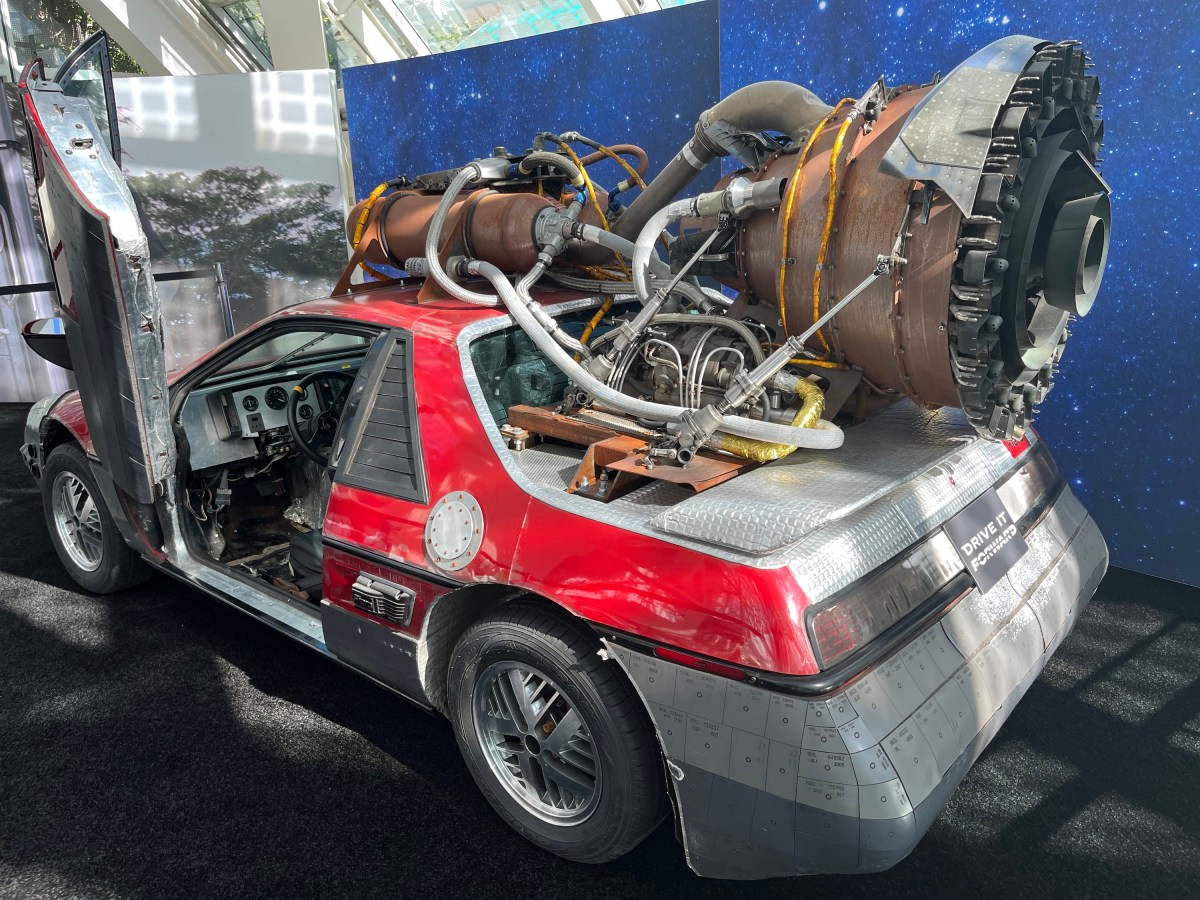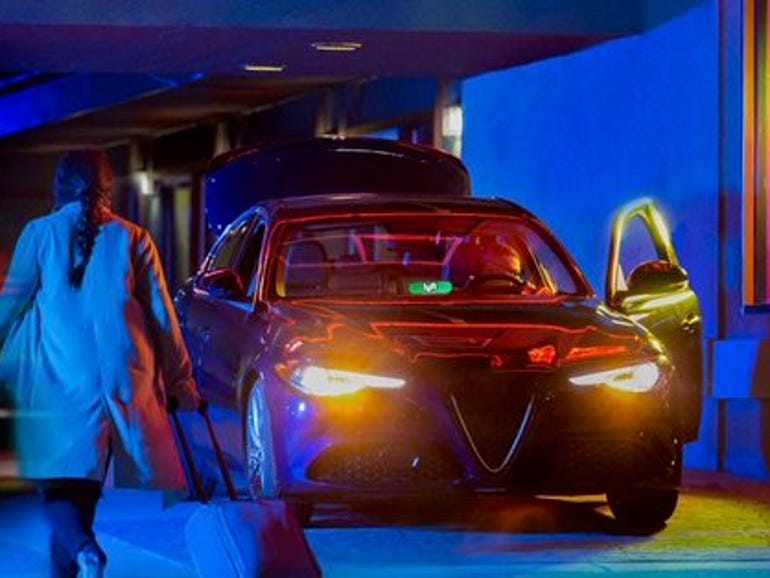LA Auto Show: the tech, EVs and cars that got our attention
The 2023 Los Angeles Auto Show is a wrap — for press, anyway. That means it’s time to recap the big launches, strange details, cars on display and peculiar absences we noticed this year.
The highlights include the SUV that’ll make or break Lucid, Amazon’s auto fixation, a pickup that calls Tesla’s Cybertruck to mind and a rocket-powered Pontiac Fiero that two gearheads somehow launched into orbit (not really).
The LA Auto Show floor was subdued this year, thanks at least in part to the absence of Stellantis, which owns Fiat, Jeep, Chrysler and a host of other brands. As I typed this, while plopped against a wall on the convention center floor, a passerby remarked unconvincingly that the day’s turnout was “still pretty decent.” The comment seemed to capture the auto industry’s shift towards standalone and online events, and how the trend has left auto shows in search of ways to pad its halls. And yet, there’s still plenty to chew on this year, so let’s dig in.
Lucid Gravity: handsome and high priced
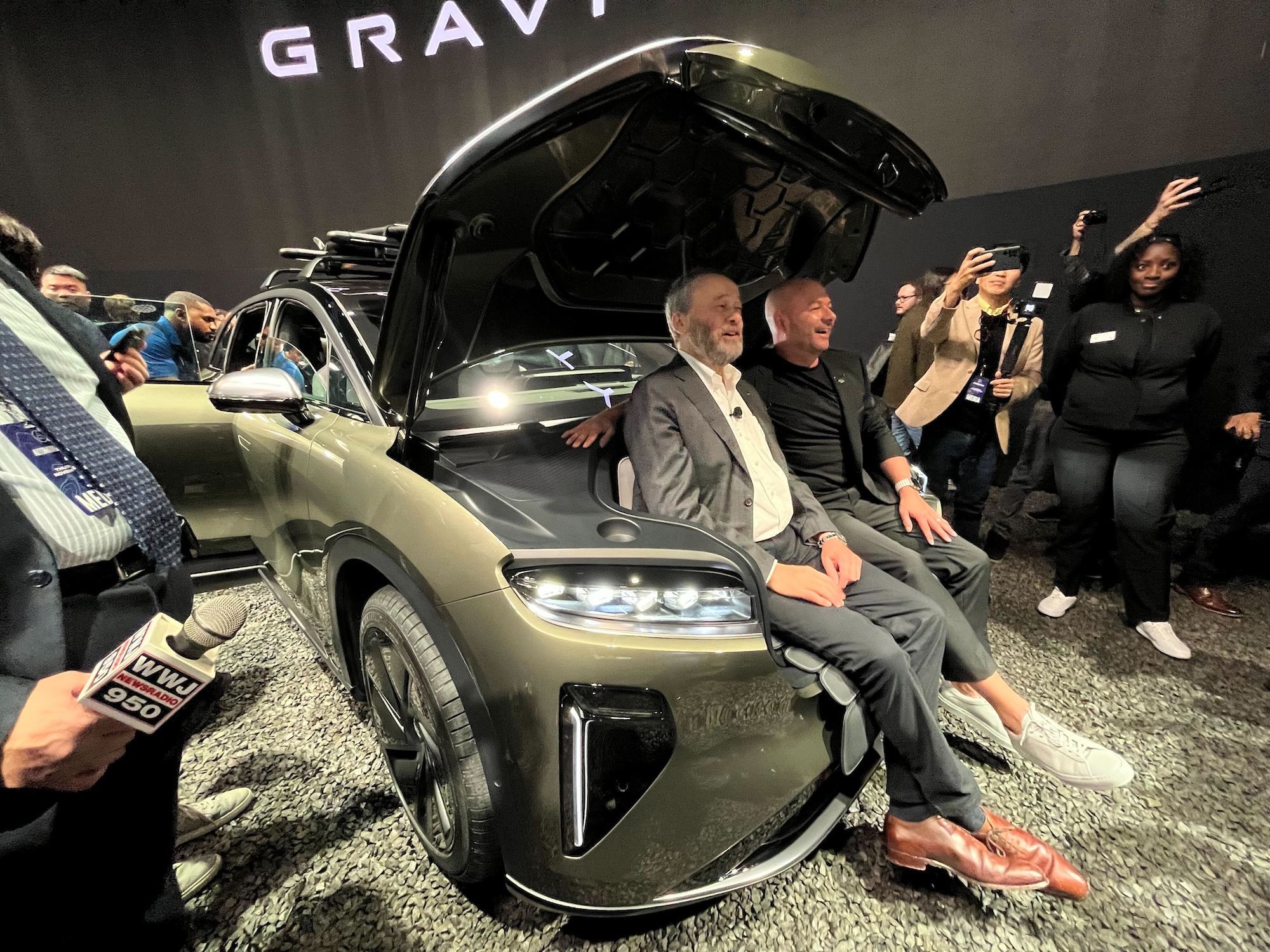
Lucid CEO Peter Rawlinson and head designer Derek Jenkins sit in the frunk of a the new Lucid Gravity. Image Credits: Harri Weber for TechCrunch.
Lucid had the biggest story of the show, as far as EVs go.
The company debuted its somewhat low-slung yet spacious Gravity SUV, boasting a “projected range” of 440 miles and a price tag around $80,000.
It certainly looks like a luxury SUV, but I can’t speak to how it feels; Lucid, regrettably, would not let me sit in the frunk. CEO Peter Rawlinson remarked during his presentation that a Lucid is more attainable than you might think. (As I put off repairing the bent wheel of my roughly $10,000 used Smart ForTwo (2013), I reflexively wonder, “what planet is this man living on?”)
Don’t call it a Cybertruck
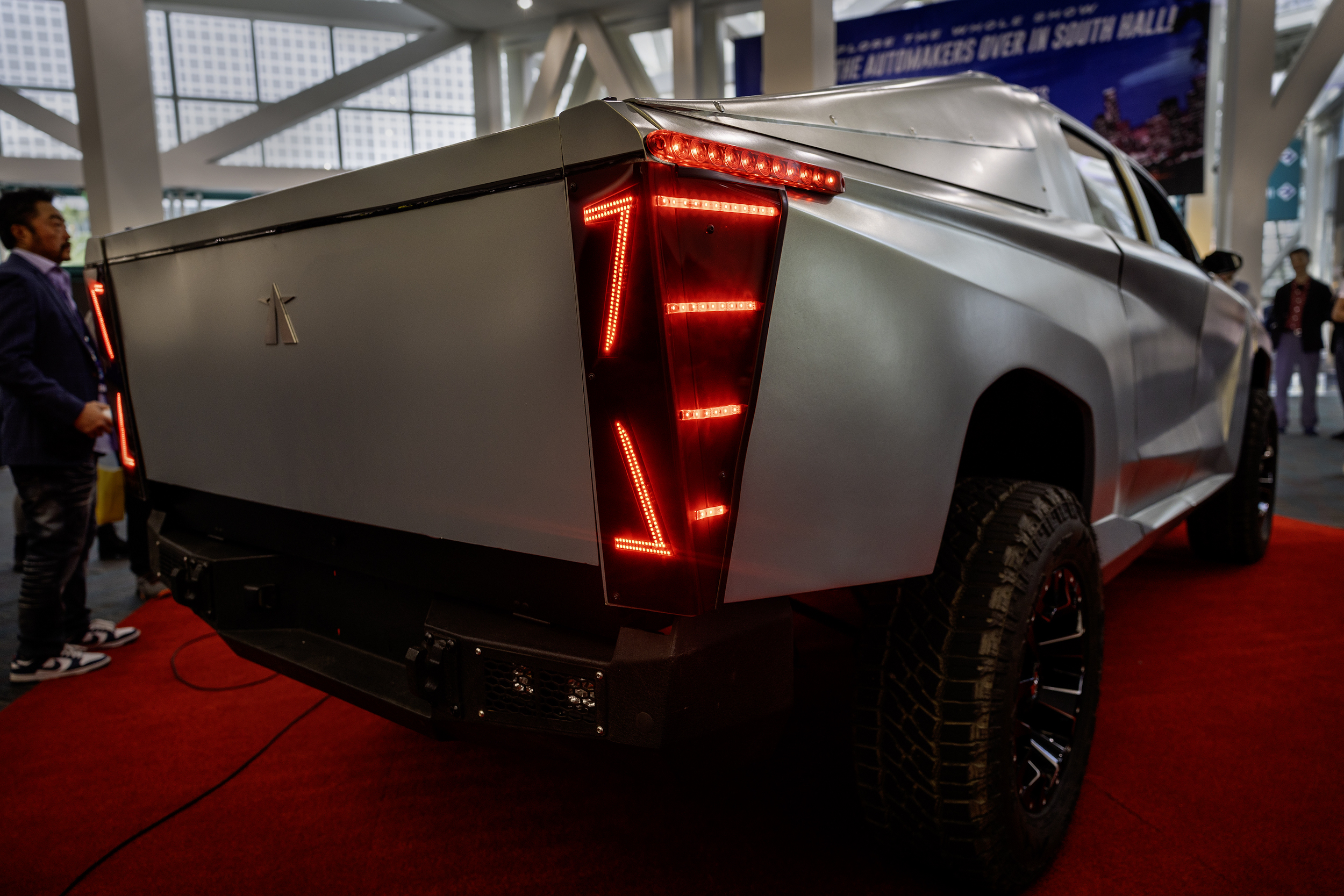
Image credits: Allen J. Schaben / Los Angeles Times via Getty Images
A previously under-the-radar company called Aitekx debuted its RoboTruck at a small booth by the auto show’s west hall.
You tell me — does this look like a Tesla to you? When I asked someone at the booth if the vehicle was inspired by the Cybertruck, he responded with a firm “no.”
Fictitious
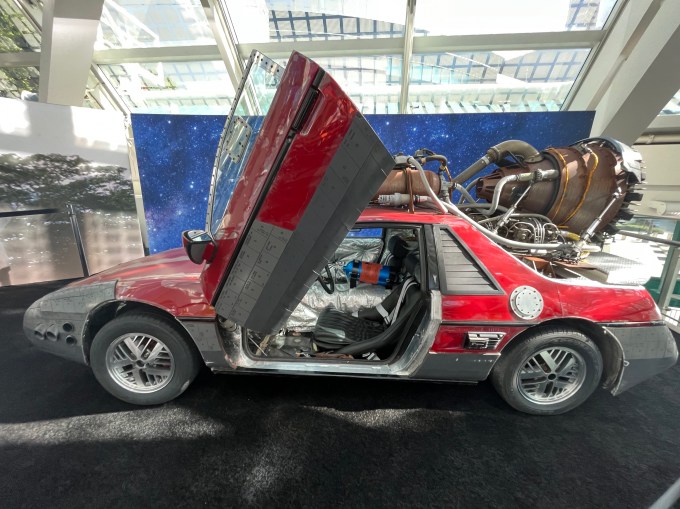
A fictional rocket-powered Fiero from the Fast and Furious franchise. Image Credits: Harri Weber for TechCrunch
Some of the more memorable vehicles at the show were simply works of fiction. A Fast and Furious exhibit showed off several vehicles from the long-running franchise, including an orbital Fiero and Vin Diesel’s Charger, both of which appeared in F9: The Fast Saga.
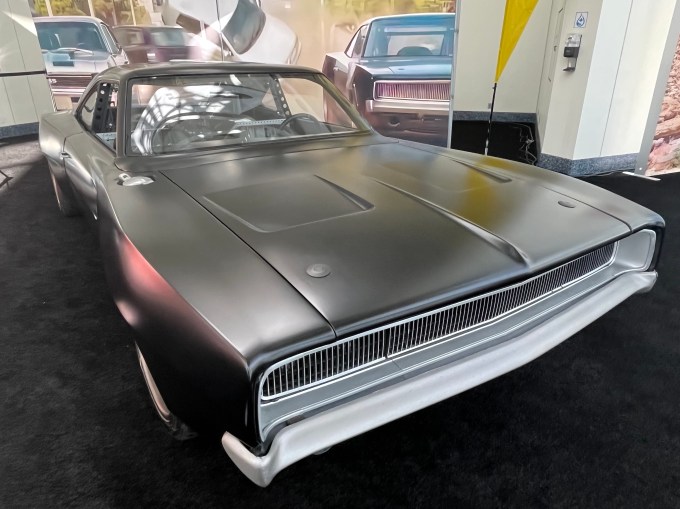
Vin Diesel’s Charger. Image Credits: Harri Weber for TechCrunch
The films aren’t about realism. They’re about cars. And family.
Amazon’s auto fixation
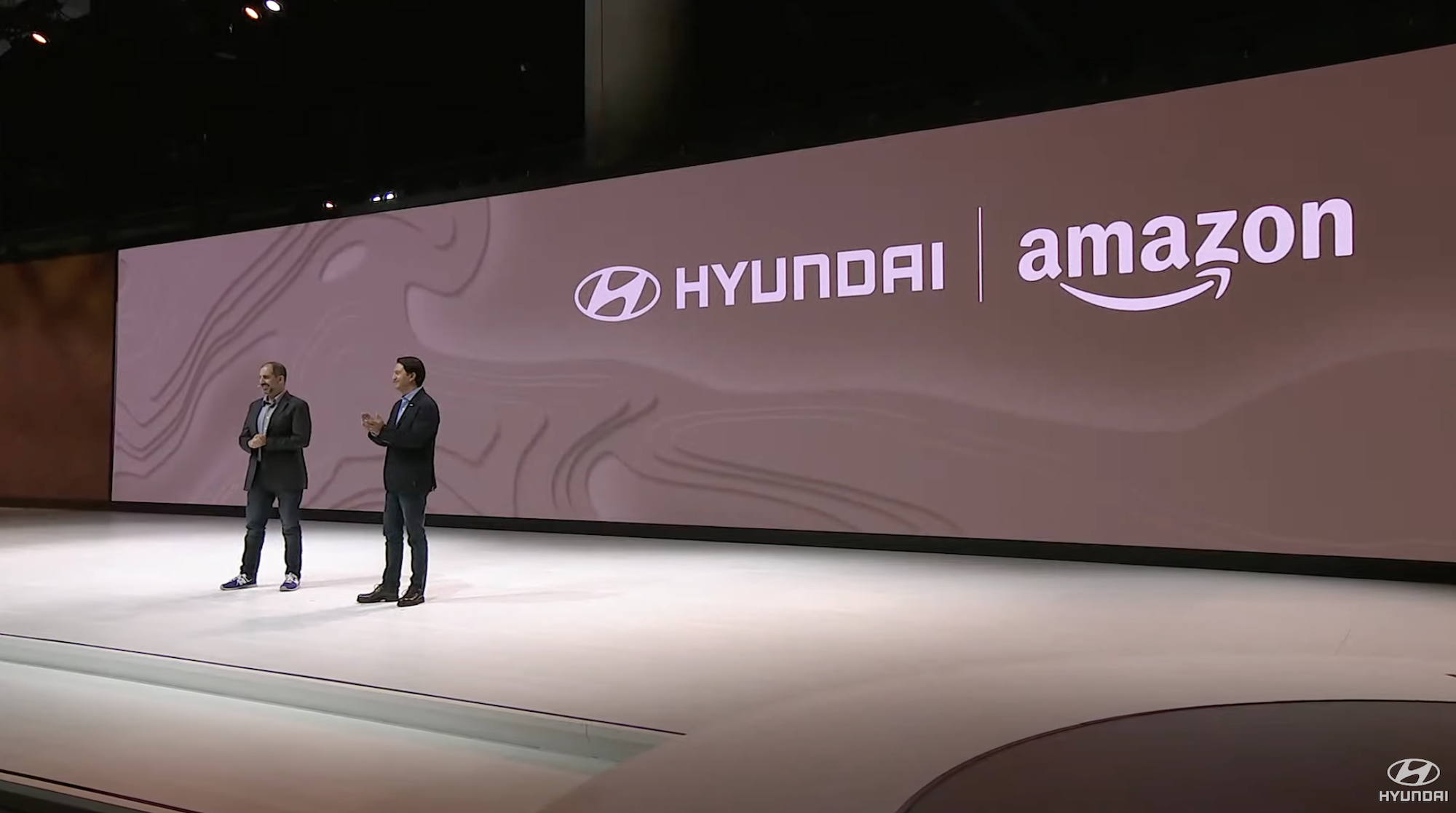
Image Credits: Screenshot/Kirsten Korosec
Another highlight of the show was Hyundai’s tie-up with Amazon.
The online retailer said it’ll start selling Hyundai vehicles in its U.S. store during the latter half of next year, adding that other brands will follow. It’s not exactly a surprising move, seeing as the e-commerce giant already sells basically everything, including full-blown prefabricated homes.
Did the spotlight dim on EVs?
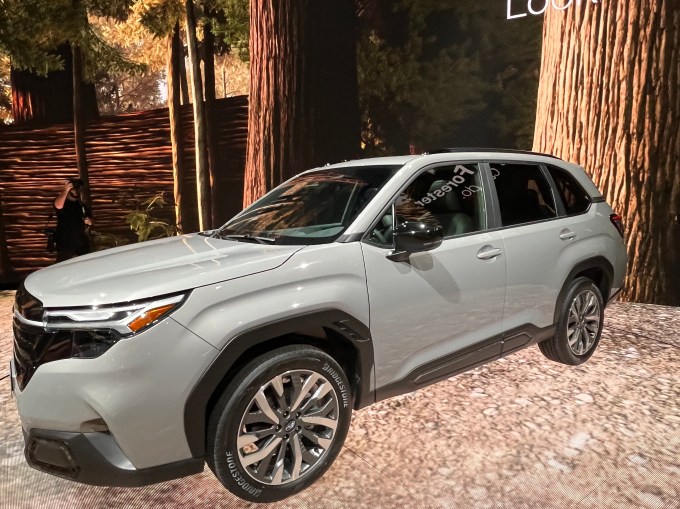
A combustion-engine Subaru Forester. Image Credits: Harri Weber for TechCrunch.
I wondered this myself going into the show, and to be clear: The spotlight’s still on electrification.
Virtually every automaker in attendance had a hybrid or all-electric vehicle on display — Chevrolet illuminated the letters “ev” in its logo to bluntly drive home this point. (Like, OK Chevy, we get it.) And yet, during Subaru’s and Hyundai’s presentations, the battery-electric vehicles seemed to take the backseat. Their presentations devoted more attention to gas-guzzlers and hybrids. In doing so, they reflect an industry that acknowledges the internal combustion engine’s fate, yet still depends on them for profitability.
Beyond Electrification
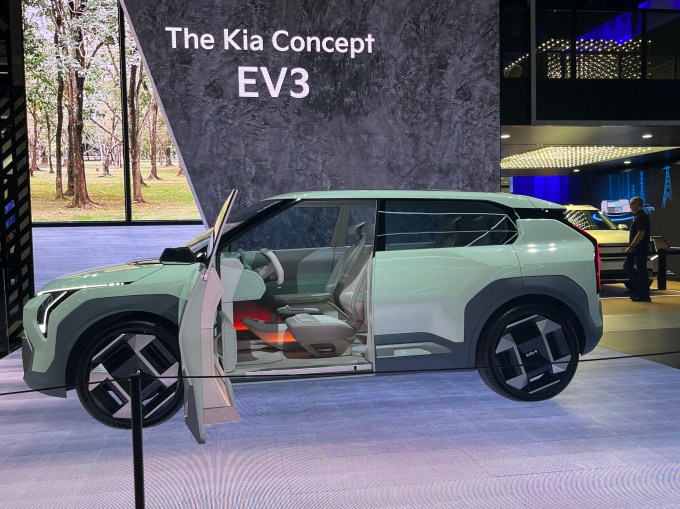
A sea foam-green Kia concept EV. Image Credits: Harri Weber for TechCrunch.
Beyond electrification, other important environmental considerations — such as building with recycled materials and powering factories with renewable energy — didn’t seem top of mind during the presentations. Last year, Fiat showcased some one-off vehicles that featured recycled gold and reclaimed sea trash. The move seemed more about the spectacle of it all, but at least it meant that “recycled materials” came up on stage.
This year, as Subaru of America President Jeff Walters exited the stage, TechCrunch asked if he could speak to any environmental or sustainability considerations the company might’ve made, such as the use of recycled materials, with the new Forester. “Not off the top of my head,” he replied.
Lucid didn’t say as much onstage, but offstage Lucid design boss Derek Jenkins told TechCrunch that the automaker incorporated leather alternatives, burl wood and recycled yarn in the interior of its SUV. Jenkins also highlighted that renewables make up a portion of the energy that powers its production facility.
In contrast, Kia stood out this year when it came to sustainability talking points. The company showed off two concept EVs, and said they featured a mushroom-based leather alternative, hemp fibers, recycled fabrics, natural dyes and bio-plastics. However, take this with a grain of salt — these aren’t production vehicles.

